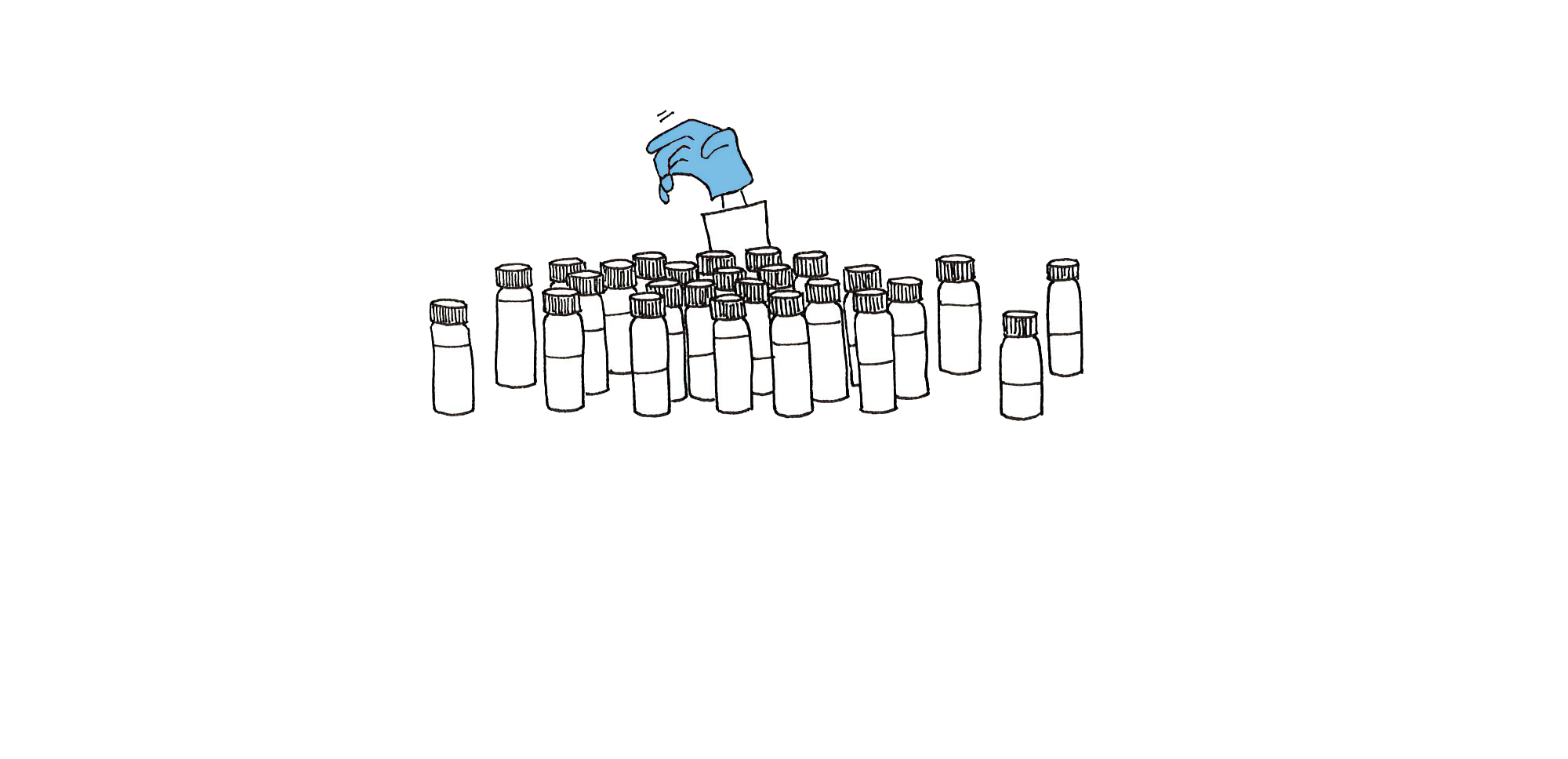Most of us have gone through this stage in our lives when we built a lemon battery for some high school experiment. After that, you think (or may be it was just me who developed this mentality) that a lemon is some kind of a power fruit with all this electric potential.
But then, of course, those who have not built a lemon battery, might have built a potato battery. So which one is more magical as a fruit (or a vegetable)? Which side would you be on, team lemon or team potato?
Strangely, with these experiments, they wanted to introduce us to the world of batteries, but I think I never really knew how a lemon battery worked until just yesterday, around 18 years later (or my ignorance might just point towards the fact how I was probably never listening in those classes).
It’s interesting how it’s a “lemon” battery but the lemon (or the potato) itself is of no value to the experiment. It just provides you with an electrolyte, a medium through which the charges can move, which results in the completion of a circuit. You could as well dunk zinc and copper in a salt solution, or perhaps an acidic solution, and you’ll still make a battery (may be even a better one).
Now, I am supposed to be making a presentation on batteries for a course I am taking, and I am suddenly obsessed with lemon batteries (and have been so for the past couple of days).
I figured it would give me a good start for the presentation, starting off with some thing that might not be so knowledgeable, but that would definitely be more relatable for everyone (plus I have quite a smart partner, and I am pretty confident he will pull off the technical stuff superbly).
I want to start off with a lemon battery because they are so bad, that everything is going to look state-of-the-art in comparison. But then, I stop and remind myself that I am a PhD student, and not a sales person for some battery technology. May be I should be talking about more high-level stuff than a high-school-level concept, something more suitable to the stature of a PhD.
Ahh, the pressures that come with doing a PhD degree.
You have to look smart, act smart. Talk smart. You have to show yourself as an understander-of-all-things-tough-and-technical.
A lemon battery? Pffbt. You can do better than this!
But I am currently so hooked on lemon batteries that I am going to proceed with the idea anyway (even now when I have become more aware of how it might not be the best idea – plus I would be talking about lemon batteries for the first minute and 40 seconds according to the script I am developing, and I don’t have that kind of time).
I am going to go with lemon batteries because: 1) as I said, I am hooked on them; 2) that is how I have been developing the story for the past week and a half, and starting over might not be the best case scenario; 3) I think I can still handle the concept of a lemon battery as a bad battery, and make that as a basis for jumping onto the concept of a “perfect” battery; 4) I am so hooked on lemon batteries, I couldn’t possibly now shift to the lithium ion technology, which would, of course, otherwise make more sense to start off with (I can give it 10 to 20 seconds, though); and 5) surprise, surprise, who is going to be expecting a lemon battery to pop up in a presentation being given by a PhD student? Presentations can sometimes use a little theatrics, some element of surprise, and it is not always a bad thing (it’s not like I am going to talk about lemon batteries in my PhD defense).
So lemon batteries over lithium-ion this time.
